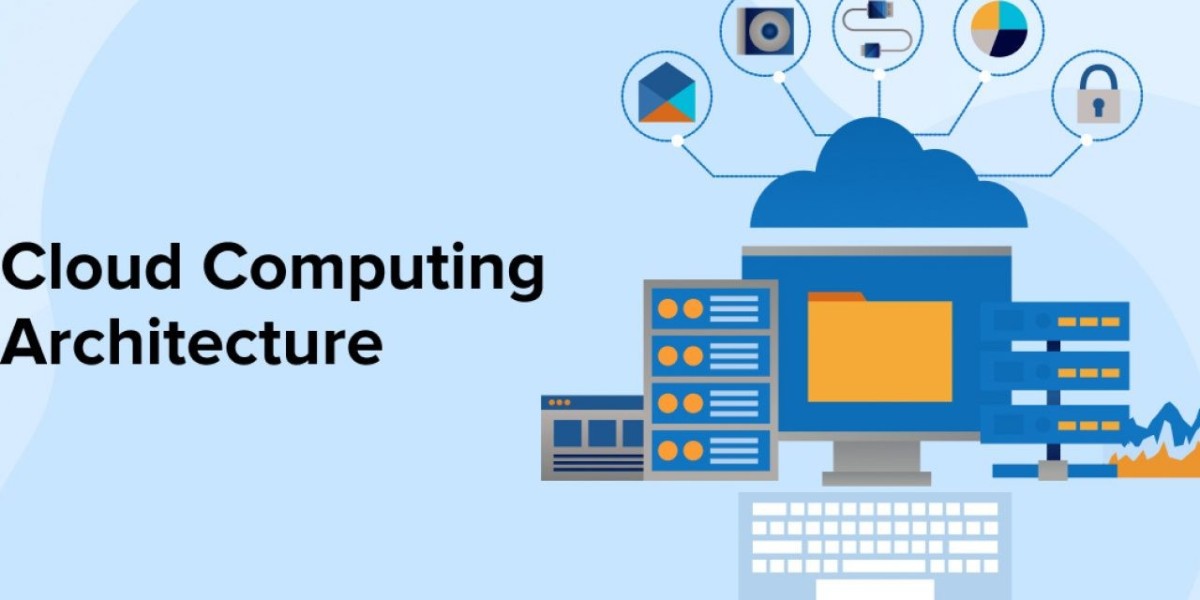The world of blockchain technology has evolved rapidly in recent years, expanding its applications beyond cryptocurrencies to various industries such as finance, healthcare, supply chain, and more. As a result, blockchain application development has gained tremendous importance. Blockchain development companies and blockchain development services are now at the forefront of creating innovative solutions. To ensure the success of these blockchain applications, building a scalable infrastructure is paramount.
Scalability in the context of blockchain refers to the system's ability to handle an increasing number of users, transactions, and data without compromising on performance, security, or decentralization. In this article, we will explore the key steps to building a scalable infrastructure for blockchain application development.
Choose the Right Blockchain Platform
The foundation of a scalable blockchain application is selecting the right blockchain platform. Several blockchain platforms are available, each with its own strengths and weaknesses. Ethereum, Binance Smart Chain, Polkadot, and Solana are some popular choices. When making this decision, consider factors such as consensus mechanisms, smart contract capabilities, community support, and scalability features. It's important to align the platform with your application's requirements and long-term goals.
Horizontal and Vertical Scaling
Scalability in blockchain development often involves two main approaches: horizontal and vertical scaling. Horizontal scaling means increasing the number of nodes in the network, while vertical scaling involves enhancing the performance of existing nodes. Depending on your application's demands, you may need to use a combination of these two strategies.
Horizontal scaling can be achieved by adding more nodes to the blockchain network. This approach is particularly beneficial for public blockchains where decentralization is critical. For private or consortium blockchains, vertical scaling can be a viable option as it involves upgrading the capacity of existing nodes.
Optimize Smart Contracts
Smart contracts are the building blocks of most blockchain applications. To ensure scalability, optimize your smart contracts by reducing unnecessary computations and minimizing the amount of data stored on the blockchain. This will help in reducing the computational load on the network and lowering the costs associated with gas fees.
Sharding
Sharding is a method for increasing the scalability of blockchains. The process entails splitting the blockchain into smaller, more manageable segments known as shards. Each shard operates independently, handling its own transactions and data. By doing so, the overall network can process a greater number of transactions in parallel, significantly improving throughput.
Implement Layer 2 Solutions
Layer 2 solutions, such as sidechains and state channels, provide off-chain solutions that can significantly increase the scalability of a blockchain. These solutions enable users to conduct transactions off the main blockchain, reducing congestion and improving transaction speed. Utilizing Layer 2 solutions is a crucial strategy for blockchain application development, especially for applications that require high transaction throughput.
Use Caching and Load Balancing
Implementing caching mechanisms can help improve the responsiveness of your blockchain application. Caching stores frequently accessed data, reducing the need to query the blockchain for the same information repeatedly. Additionally, load balancing can distribute traffic evenly across nodes, preventing overloading and ensuring a more efficient use of resources.
Regularly Monitor and Optimize
Scalability is not a one-time task but an ongoing process. Regularly monitor the performance of your blockchain application and make optimizations as necessary. Continuously assess the network's load, transaction speed, and resource utilization to identify potential bottlenecks and areas for improvement.
Community Support and Feedback
Engage with the blockchain community and gather feedback from users and developers. This valuable input can help identify issues and areas for improvement in your application's scalability. Open-source collaboration and the input of a wider community can provide innovative solutions and ensure your application evolves to meet growing demands.
FOR MORE: Blockchain Development Services: A Transformation in Cybersecurity Ecosystem
Conclusion
Blockchain application development is a dynamic field that demands a scalable infrastructure to handle the increasing demand for secure, decentralized solutions. By selecting the right blockchain platform, employing horizontal and vertical scaling strategies, optimizing smart contracts, implementing sharding and Layer 2 solutions, using caching and load balancing, and continuously monitoring and optimizing your application, you can build a scalable infrastructure that accommodates the growth and evolution of your blockchain application. The support of the blockchain development company and blockchain development services can be instrumental in achieving this goal. As the blockchain landscape continues to expand, ensuring scalability will be key to the success of your blockchain application.








